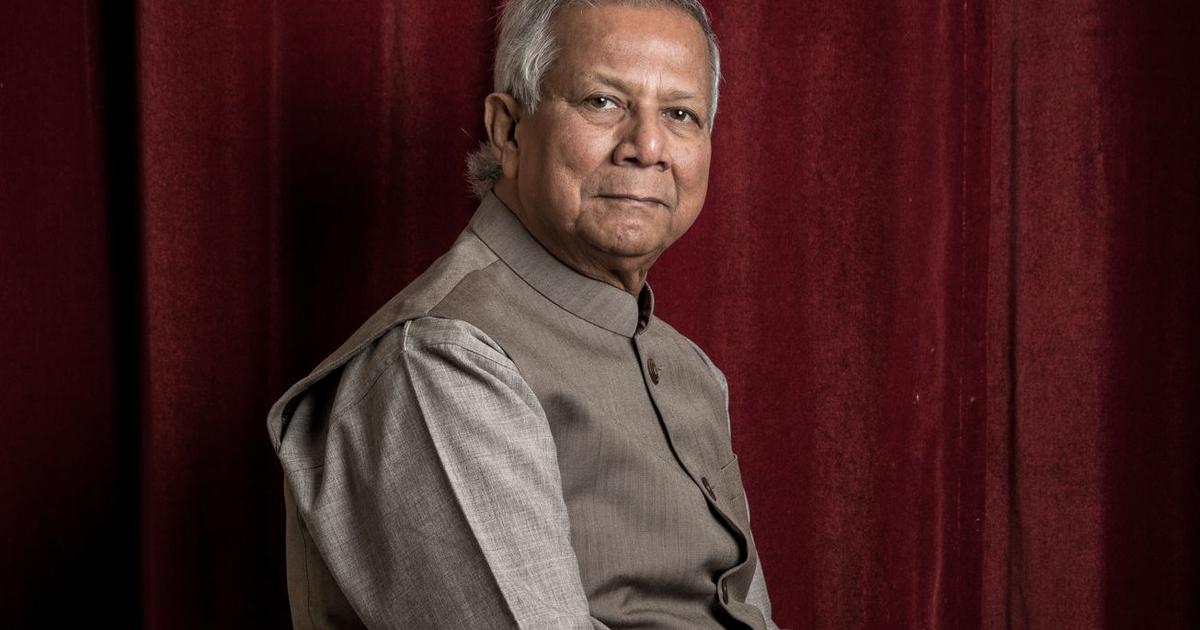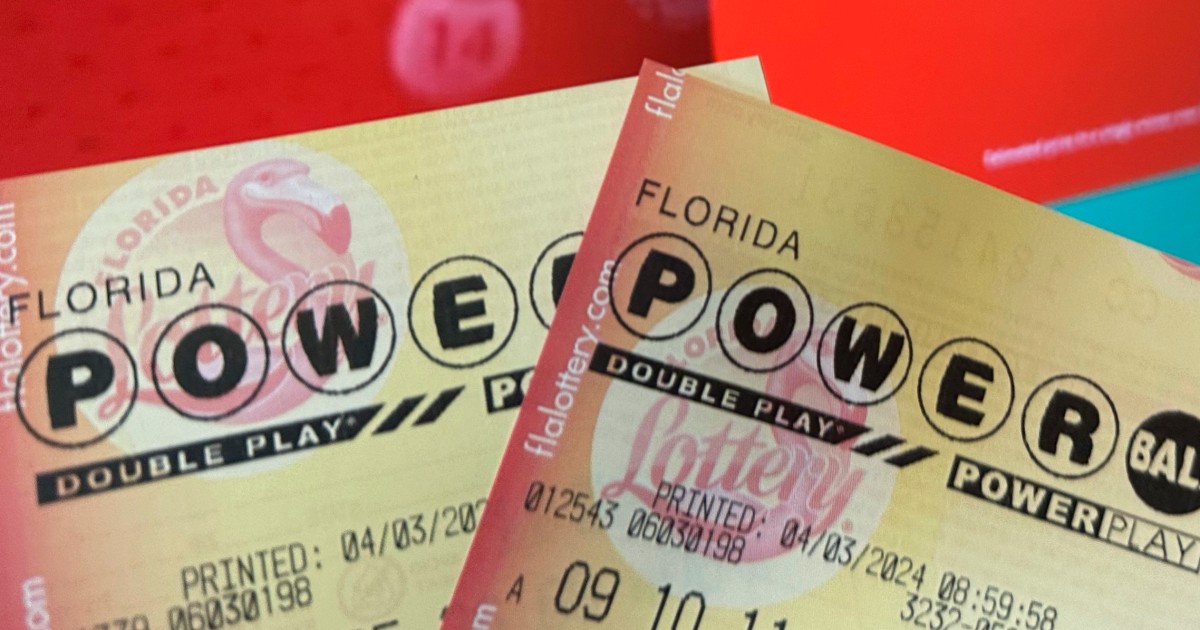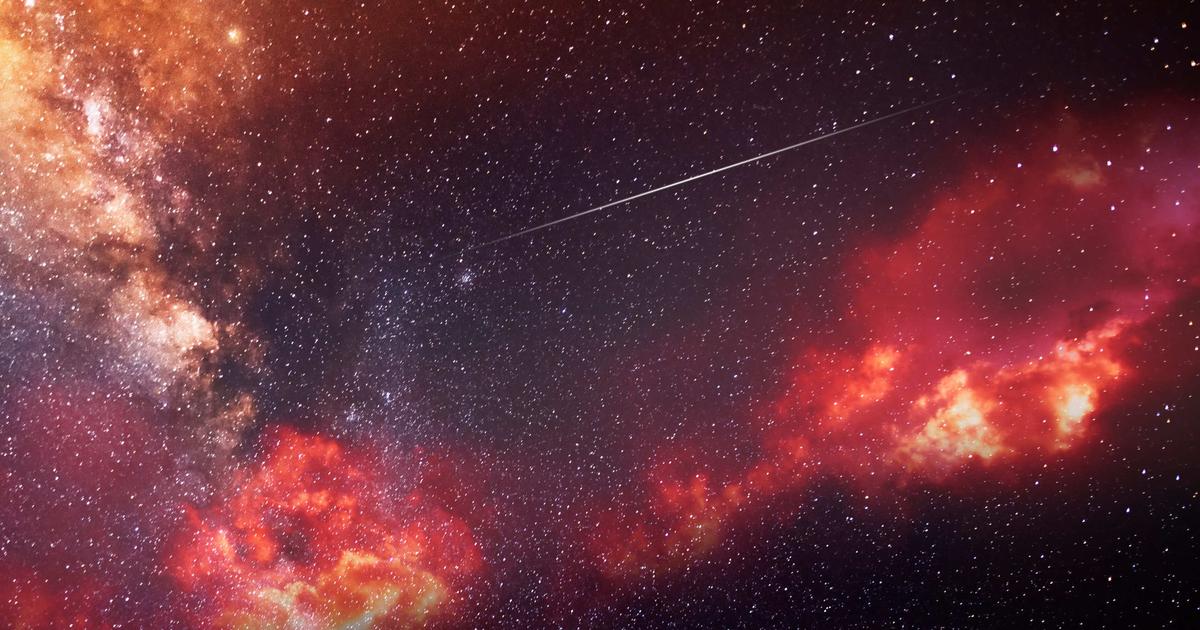Writing something about the winners before the announcement next week is like looking into a crystal ball.
Nothing ever seeps through.
The award process is secret and even the forecasts of experts are little more than speculation.
The evaluations of citation numbers of scientific papers, with which the media company Thomson Reuters filtered out favorites for years, were mostly wrong.
Only one thing is certain: the likelihood that women will win is negligible.
The scientific Nobel Prizes, donated by the Swedish dynamite inventor Alfred Nobel, have a terrifying imbalance in the relationship between the sexes.
Since 1901 there have been only twelve women Nobel Prize winners in medicine and five honored chemists.
In the physics category, only three of the 212 winners were women.
Overall, the quota for women is less than four percent.
For this year, the Reuters forecast (which is now supplied by the media group Clarivate) does not give rise to any hopes of equality.
In physics, the evaluation again only favors men who can hope for the equivalent of 950,000 euros in prize money per category.
The evaluation showed that only in medicine could two women win.
Courage, transparency - and a new category
The problem is well known in Stockholm.
It reflects the situation in science 30 to 50 years ago, Lars Heikensten, the executive director of the Nobel Foundation, openly admitted.
At that time women were disadvantaged within the university system.
That's why it's just old, white men who are honored because some of them achieved outstanding achievements decades ago.
The American John Goodenough was 97 years old when he received the Nobel Prize in Chemistry last year.
The Nobel Prize urgently needs a fresh cell treatment and a reorganization of the nomination and selection regulations.
Because the scientific way of working has changed significantly in the last few decades.
Researchers are no longer loners who come up with brilliant ideas alone in their laboratories.
They often work together on global projects, especially in physics.
Hundreds and thousands of them experiment with particle accelerators, measure gravitational waves at observatories or map black holes around the world on radio telescopes.
The achievements of such collaborations have so far received insufficient recognition.
The Nobel Prize goes to a maximum of three people.
Scientific research institutes or institutions, as is common with the Nobel Peace Prize, exclude the Nobel Rules.
Icon: enlarge
Nobel Prizes were awarded at a gala in Stockholm
Photo: Alexander Mahmoud / Nobel Media
A necessary reform of the Nobel Prize required the courage to start a new and more transparent selection process.
For decades, Stockholm's Royal Swedish Academy of Sciences has initially appointed a committee of experts.
The previous winners who are still alive and other scientists are asked to submit proposals before the winners are determined.
All of this happens behind closed doors.
The files are only released after 50 years.
Analyzes by science historians have shown that in the past, men's networks exerted a great influence on awarding contracts.
The German nuclear physicist Lise Meitner, for example, was nominated dozens of times, but came away empty-handed every time.
It was rumored that she had fallen out with a committee member.
Other excellent women scientists were not even nominated.
And it would be high time for a new category.
Developments, for example in the field of genetics, such as the gene scissors CRISPR-Cas9, a permanent favorite for the award, or research into ancient human genes, are often somewhere between chemistry and medicine.
Why hasn't there been a Nobel Prize in Biology long ago?
The first two prizewinners could then even be two women: American Jennifer Doudna and French Emmanuelle Charpentier are considered to be the discoverers of Crispr-Cas9.
Heartily
Yours Jörg Römer
(
Feedback & suggestions?
)
Abstract
What was on the science agenda this week:
Chrome steel, as it is used today for tools, for example, is an invention of the 20th century.
At least that's what researchers thought for a long time.
Archaeologists have now shown that similar metals were being produced in Persia a good 1000 years ago.
Black holes and dark matter are arguably the most mysterious objects in the universe.
They may have more to do with each other than assumed.
The animals suffer particularly from the fires in the Pantanal, a unique and species-rich wetland in Brazil.
Reports of jaguars who fled the fire and burned their paws to the bone are shocking.
The number of new corona infections is increasing rapidly.
Researchers fear more deaths soon.
And discuss how human lives can be saved.
The Caribbean is a dream vacation destination for many people.
But how were the islands once settled?
Ancient researchers want to find out.
The fact that the permafrost soil in Siberia is increasingly thawing is a stroke of luck for paleontologists.
Because the soil has often released prehistoric animals that are almost perfectly preserved.
Finds of penguin carcasses up to 5000 years old show that this could also happen more frequently in the Antarctic in the future.
Still, that's not good news.
Quiz*
What is a nilometer?
What's behind the weather phenomenon, also known as the red goblin?
Why does the National Eagle Repository in the US collect dead eagles?
* You can find the answers at the bottom of the newsletter.
Picture of the week
Icon: enlarge Photo: Kelly Barnes / Getty Images
The virus sniffer from Adelaide, Australia is part of an international research project: English Springer Spaniel Floki, along with other conspecifics, is to be trained to recognize people infected with the coronavirus by their smell.
So far, the experiments have apparently been successful: the dogs even manage to identify Covid 19 patients before they show symptoms of the disease.
footnote
There is a 95.2
percent chance that the 77-year-old Democratic presidential candidate, Joe Biden, will survive a four-year term if he wins the election on November 3rd.
This is what US sociologists and doctors have calculated in a study that was published in the journal "Journal on Active Aging".
Biden is just ahead of incumbent Trump (74), who the researchers attest a 90.3 percent chance of survival.
The researchers based their forecast on published health data from both politicians and their parents.
SPIEGEL + recommendations from science
Cosmology:
Were the black holes once the obstetricians of stars and galaxies?
Computers:
curling robots, self-propelled sailing boats, throwing machines - how artificial intelligence is conquering sport
Animals:
There have rarely been as many field mice as this year - researchers are now testing contraceptives
* Quiz Answers
1.
The ancient Egyptians used nilometers to measure the water levels of the river.
This enabled them to make predictions about the flood of the Nile.
Simple nilometers consisted of scales on stone markings.
But there were also more complex systems - for example steps leading to the river bank.
2.
These are lightning bolts that occur at high altitudes over violent thunderstorms.
They do not run towards the ground, but reach up into the sky - to the upper edge of the atmosphere.
Often these discharges have a reddish shimmer.
3.
The facility near Denver provides mainly bald eagles and golden eagles found dead to Indians.
They use the feathers for religious and cultural purposes.















